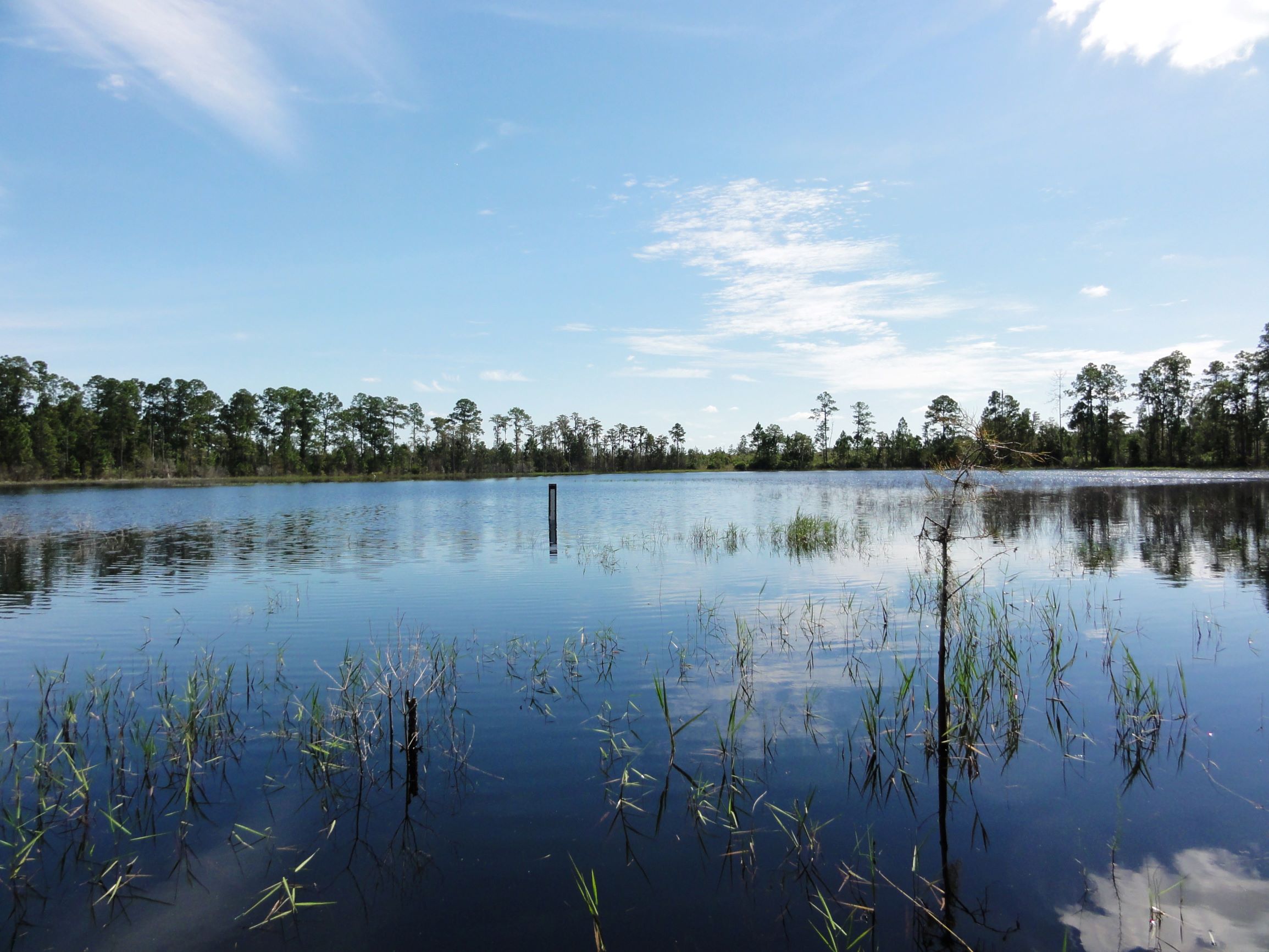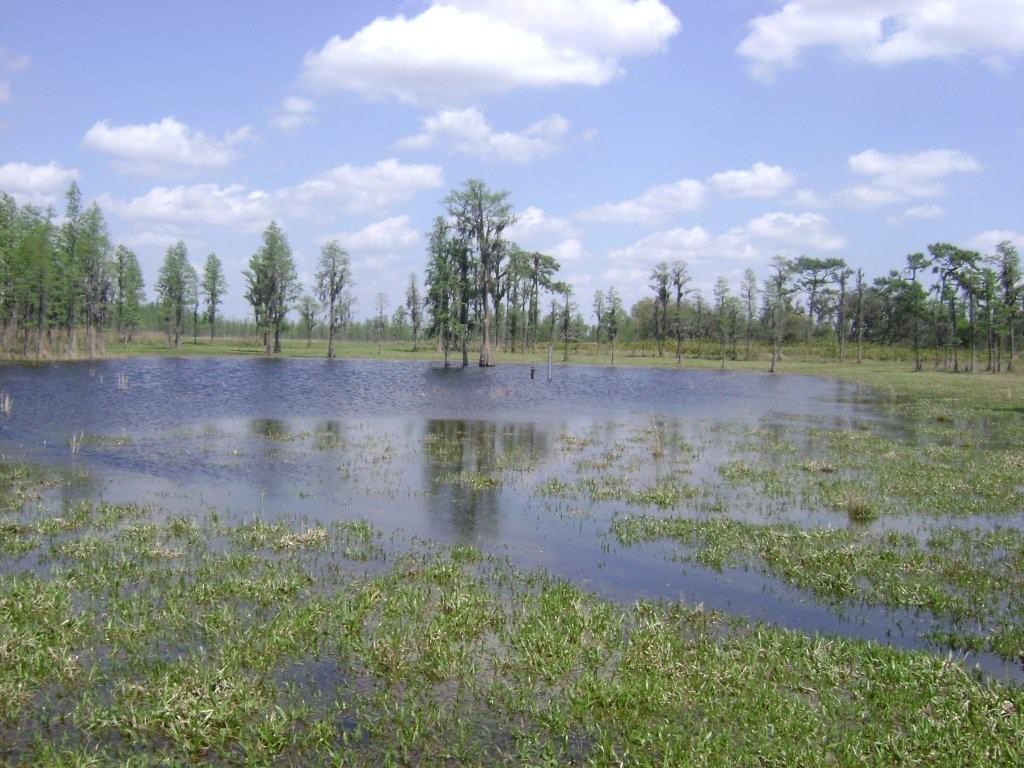
As the sun rises on another hot, bright day in the midst of our annual dry season, Tampa Bay residents can look at water differently than we did just 25 years ago. In 1976, the region was in the midst of “water wars” that pitted cities and counties against each other. Most of our water came from the shrinking Floridan Aquifer. The region’s growing population, combined with a years-long drought, caused lakes to shrivel, wetlands to waste away, and sinkholes to form in places where they had never been seen before.
“Something had to be done,” says Brian Armstrong, a hydrologist and executive director of the Southwest Florida Water Management District. “We knew it was going to take a large initiative to restore those ecosystems and also make sure that residents have a sustainable water source.”
More than 25 years and $2 billion later, groundwater withdrawals from the Northern Tampa Bay Water Use Caution Area, which includes Pinellas, Pasco and most of Hillsborough counties, have been cut by more than 50%. More than 1,300 lakes, wetlands and waterbodies have largely recovered, and the aquifer is at its highest level in decades. The recovery assessment plan – the first of its kind in the nation – shows that 85% of the monitored lakes and wetlands have fully recovered or were never impacted by wellfield pumping.
“If you look out now, you’ll see healthy flora and fauna, birds and plant species,” Armstrong said. “Even the water levels in the dry season are amazing.”

And thanks to a rainy dry season last fall and this spring – not necessarily an oxymoron in the Tampa Bay region — the 15 billion gallon C.W. Bill Young Reservoir is full as we headed into what’s typically the worst month of our dry season. “That’s the first time this has ever happened this time of year, says Chuck Carden, general manager of Tampa Bay Water (TBW).
Groundwater was the least-expensive option
 Until the full environmental impact became clear, withdrawing groundwater from the aquifer was the easiest and least-expensive water supply option for most local governments. As demand increased and saltwater intrusion became an issue in coastal communities, local governments purchased land, mainly in northwest Hillsborough and south Pasco, and built additional wellfields inside and outside their jurisdictions to ensure water supplies for their residents.
Until the full environmental impact became clear, withdrawing groundwater from the aquifer was the easiest and least-expensive water supply option for most local governments. As demand increased and saltwater intrusion became an issue in coastal communities, local governments purchased land, mainly in northwest Hillsborough and south Pasco, and built additional wellfields inside and outside their jurisdictions to ensure water supplies for their residents.

By the mid-1970s, it became clear that groundwater wasn’t a sustainable water source for a rapidly growing region, but effectively making a switch was a challenging – and expensive – effort. It wasn’t until 1998 when local governments came together to solve the problem with contracts and legislation that led to the creation of TBW.
“It took a lot to bring it all together,” said Carden. “Some governments were paying far less to local governments for groundwater from older well fields. To pay for the investment in infrastructure that made the region less reliant on groundwater, all those governments had to agree to pay the same rate and make it a truly regional utility.”
With the political will to make it happen, Tampa Bay Water made the investments necessary to create the nation’s first (and only) water utility that delivers a blend of groundwater, river water and desalinated seawater to its customers. That may not sound remarkable to someone living in the region, but it’s unique across the country, Carden said.
“Other utilities marvel at what we’ve been able to solve together, but it wasn’t easy and it required some blind faith to make it happen.”
Conservation Headlines Tampa Bay Water’s Long-Term Master Plan
The high-profile projects — like North America’s largest desalination plant and a 15-billion-gallon reservoir – have headlined TBW’s 20-year master plans since the late 1990s. But the most recent plan tackles the region’s projected need for an additional 10 million gallons per day through 2038 one drop at a time, literally, by focusing on helping residents conserve water. While the region already has one of the lowest per-capita water use rates in the state, TBW’s new emphasis on conservation includes more incentives than usually seen with a total of 11 rebates available through all member governments.
Upcoming projects, expected to supply the estimated demand for an additional 10 million gallons per day (mgd) through 2038, will optimize the existing surface water treatment plant and desalination plant to gain 5 to 10 mgd of additional supply.
Beyond that, long-term plans include:
- Expanding the regional surface water treatment plant to treat additional water from the reservoir, Tampa Bypass Canal, Alafia River and C.W. Bill Young Regional Reservoir
- Increasing capacity at the desalination plant to treat additional seawater
- Accessing new groundwater via aquifer recharge credits in southern Hillsborough County.
Even with new water sources, groundwater will continue to be a large part of the regional water supply, but at levels that have proven to be sustainable for ecosystems and with ongoing monitoring, Carden said. TBW has filed a request to renew its 90 mgd water use permit which will go before the Southwest Florida Water Management District’s governing board later this year.